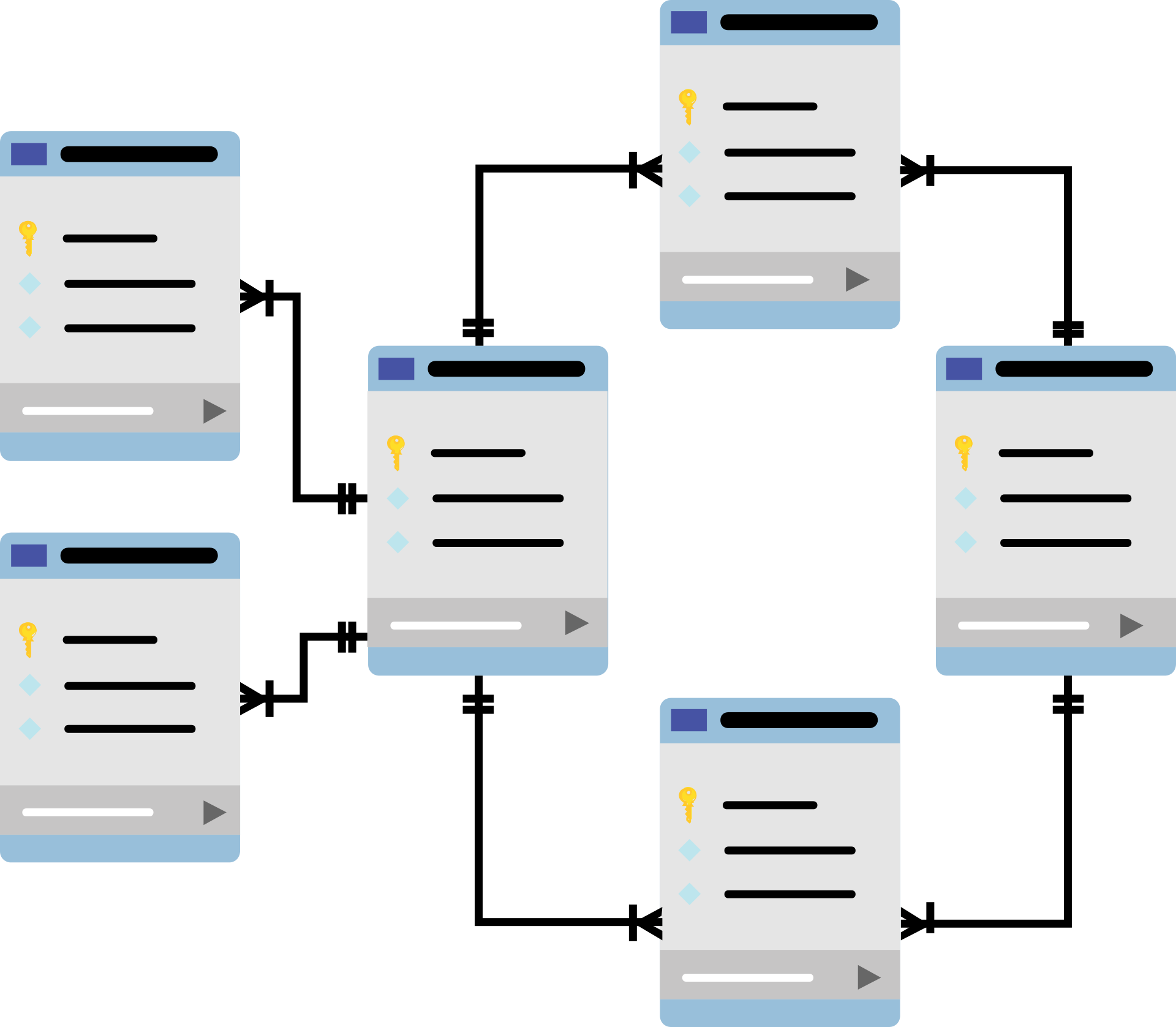Libraries have limited resources, and the portion afforded to electronic resources requires some savvy prioritization to meet patrons’ needs while sticking to budgets. Allocation of spending is a key issue for many libraries, and database subscriptions can cost thousands, even tens of thousands, of dollars. For smaller libraries, it’s possible to spend the electronic resources budget on a single amazing all-purpose database or piece together a collection from low-cost alternatives. What’s a librarian to do? It’s important to note that there’s no right/wrong dichotomy in deciding which electronic resources are “best”; it’s always a matter of “best for the community”, i.e., the librarian’s rule of thumb: know thy service population. Does your library serve a population with a high unemployment rate? You may need to prioritize electronic resources focused on job training, skill-building, and resume writing. Are you situated in an area where students hang out after the school day?…
Evaluating Databases: Prioritizing on a Shoestring
